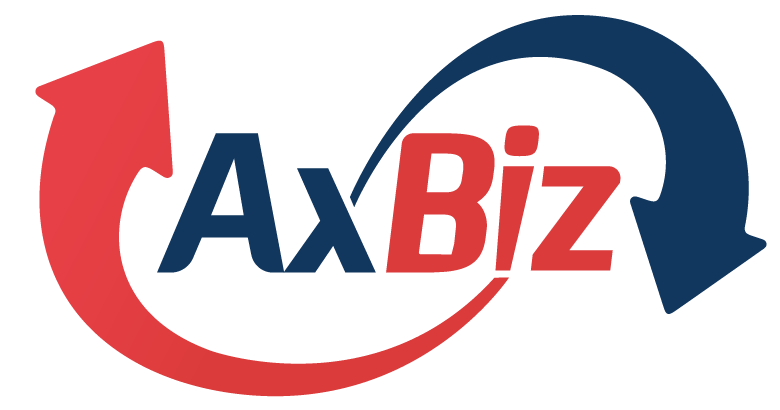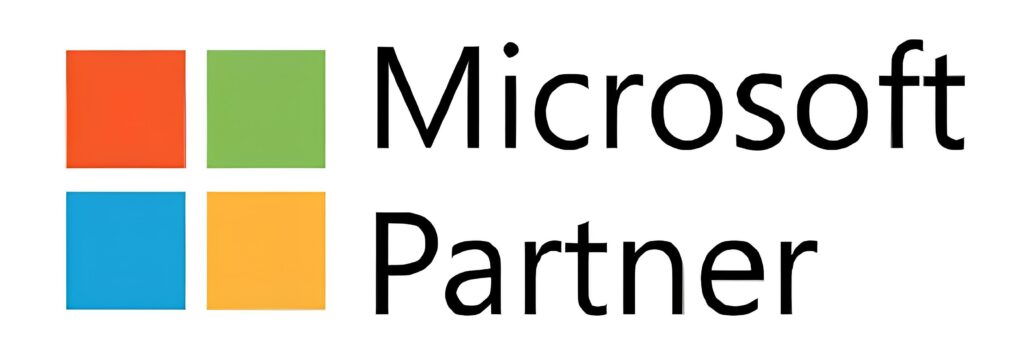I am often asked which ERP is the right solution for our company. There is a lot of confusion about D365 ERP. Since Ax Biz implements both D365F&O and D365BC, we have compiled an unbiased comparison to educate customers and consultants so the customers can choose the right solution that will server their needs now and the foreseeable future.
Microsoft Dynamics 365 Finance & Operations vs Business Central
| No. | Topic | D365 Business Central | D365 Finance & Operations | |
| 1 | Purposes | Supported for small to mid-sized businesses aiming to take their basic accounting operations to the next level. Limited in scalability. | Tailored for the international development of medium to large organizations and groups of enterprises. Scalable. | |
| 2 | Industries | Basic Distribution, Manufacturing, and Professional Services functionality. | Distribution, Manufacturing, Retail, Professional Services, Public Sector, Project management, HR, Equipment Management, Intercompany. F&O has a deeper focus on manufacturing, supply chain management, retail, and distribution industries. Dynamics F&O has a greater breadth and depth of function, such as batch order processing, quality control, and warehouse management, compared to Dynamics BC. | Lack of functionality for growth. |
| 3 | Features | Few configuration feature set | A large option of configuration features. | Few fields vs many fields. |
| 4 | Optimal No. of Users | 1-60+ | 20-2000+ | Limited for growth and performance. |
| 5 | Regional Availability | 33 Countries | 140 Countries | |
| 6 | Languages | 47+ | 30+ | |
| 7 | Implementation Time Frame | Typically 4-6 months, basic install, configuration and smoke testing. Little to no user involvements in requirement gathering, UAT, training and no official PM. | Typically, 12-18+ Months, (6-9 months with ABFI template roll out.). Full and formal IT methodology for implementing ERP systems with much user involvement in requirement definition, testing, training, cutover, data migration and roll out. | Depends on number of companies and customizations need. |
| 8 | Deployment | Cloud or On-premise | Cloud, On-premise, and Hybrid | |
| 9 | Capabilities | To handle financials, sales, purchase, inventory, projects, service, and operations. | To handle finance, operations, supply chain, CRM, and project management. | Lack of functionality for growth both in performance and Database. |
| 10 | Ease to Use | Uses 80% of the core business logic. Requires less resource-intensive. | Uses 95% of the core business logic. Get complicated to implement. | |
| 11 | Affordability | Low cost of ownership | Global ERP, capital intensive project | |
| 12 | Business Analytics | Power BI tools to ensure seamless reporting, dashboards, and ad-hoc analysis. | Embedded Power BI features for advanced tracking and reporting functionality. | |
| 13 | No. of Transactions | 1000+ | 100000 > 1 million+ | Performance limitation |
| 14 | Optimal DB size | <80GB | Scalable by Microsoft to over 1000GB | Enable data lake. |
| 15 | ||||
| 16 | Additional applications | App market place | Tailored to customer specific configurations, design and customization options with a dedicated ISV ecosystem. | |
| 17 | Reporting | BC focuses more on basic financial reporting. | Dynamics F&O has a range of advanced financial and analytical reporting capabilities that are designed for larger multinational enterprises. | Full power of BI and Financial reporter. |
| 18 | Support | Basic support mostly thru the partner and online Microsoft | Incident based support from Microsoft and extended support from partner. | |
| 19 | Risk management | Risk management of implementation is minimal. | A formal risk mitigation strategy is adopted and fully integrated in the project delivery. | |
| 20 | Project plan | There is a very simplistic plan with not formal project plan with work level items. | Proven IT methodology for implementing ERP solutions that minimizes risks failure of project and improves successful go-live. | |

